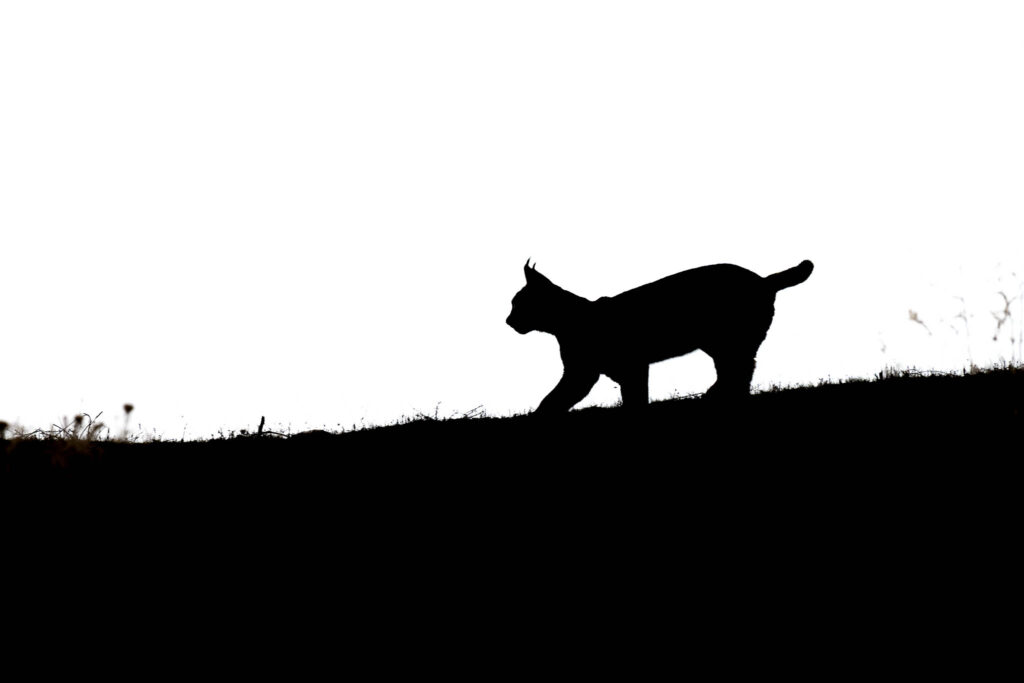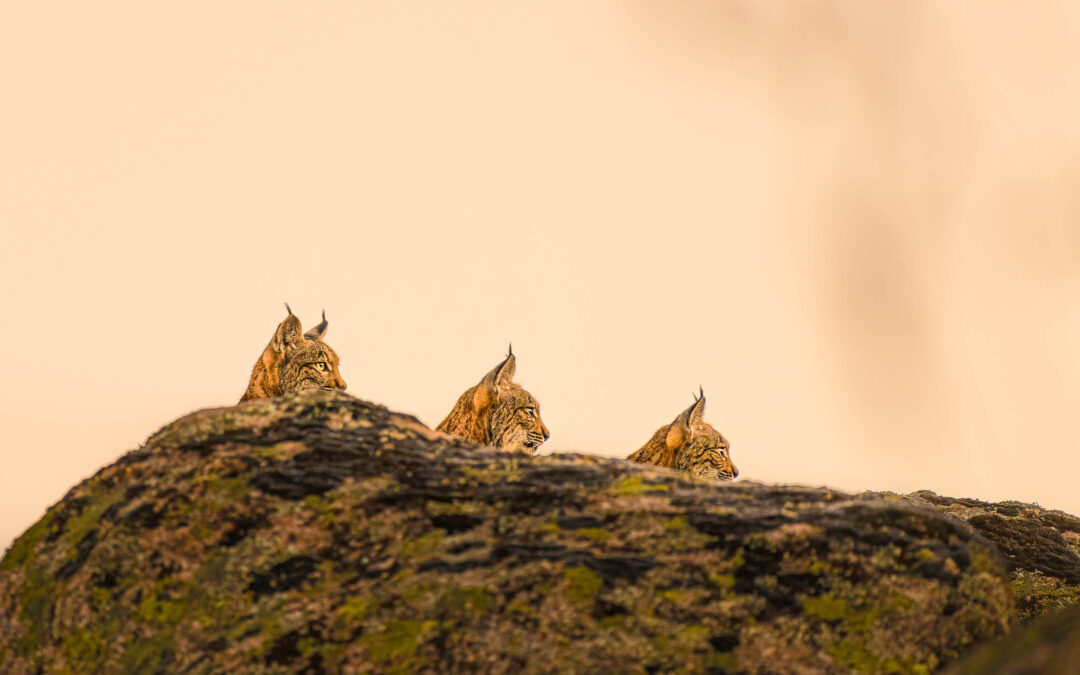Iberian Lynx Photography: A Comprehensive Guide
The Iberian Lynx, one of the world’s rarest cats, offers a unique subject for wildlife photographers. Found primarily in Spain’s Doñana and Sierra de Andújar National Parks, these elusive creatures require patience and preparation to capture effectively.
Best Locations for Iberian Lynx Photography

- Sierra de Andújar National Park: The prime spot for photographing the Iberian Lynx, this park in Andalusia provides a mixture of Mediterranean scrubland and rocky outcrops, creating ideal habitats for these felines. The area is also known for its diverse birdlife and other mammals, making it a rich location for varied wildlife photography.
- Doñana National Park: Known for its marshlands and woodlands, Doñana offers a different landscape for photographing the Iberian Lynx. While sightings here can be less frequent, the backdrop of wetlands and the range of other species make it an excellent choice for a diverse wildlife photography experience. Read my full review of the park here.
Tips for Photographing the Iberian Lynx

- Work with Expert Guides: Hiring experienced local guides increases the chances of spotting these elusive cats. Knowledgeable guides understand the lynx’s behavior patterns, movements, and preferred resting spots.
- Timing is Key: The best time to photograph Iberian Lynx is during the cooler hours of early morning or late afternoon. The lynx is more active during these periods, increasing the likelihood of sightings.
- Understand Lynx Behavior: Familiarize yourself with the habits and behaviors of the Iberian Lynx. Understanding their prey, territory, and breeding patterns can help anticipate where they might appear.
Recommended Camera Gear

- Lenses: A 400mm to 600mm telephoto lens is ideal for maintaining distance while capturing sharp images. Consider a zoom lens for flexibility, as the distance to the subject can vary.
- Camera Settings: Use a fast shutter speed (1/1000 or faster) to freeze motion, especially when the lynx is moving or hunting. A wide aperture (f/4 to f/5.6) will help in low light while providing a pleasing bokeh to isolate the subject.
Ethical Considerations in Lynx Photography

- Maintain Distance: Avoid disturbing the lynx by keeping a safe distance. Use long lenses to photograph without encroaching on their space.
- No Baiting: Do not use food or sounds to attract lynxes. This can interfere with their natural behavior and impact their survival.
Other Wildlife in the Area
Of course there is plenty other animals in the region of Andalusia. Deer are very common around the sierra de Andujar. Quite often they are farmed for hunting but the hillsides are covered in them.
Down in Doñana National Park on the south coast the bird watching is fantastic. There are tons of migrating birds depending on the season. Check out my African Birds here and the Donana National Park page for a full explanation of the best time to the see migration.
Conclusion

Photographing the Iberian Lynx is a rewarding yet challenging endeavor that demands respect for the animal and its habitat. With careful planning, ethical practices, and the right equipment, photographers can capture stunning images of one of Europe’s most enigmatic wild cats.
By maintaining a respectful and knowledgeable approach, photographers can contribute to the conservation of the Iberian Lynx while creating compelling wildlife images that inspire awareness and protection efforts.
Obviously there is more to Andalusia than just Lynx and wildlife. Use the southern half of my 10 day Spain itinerary to add a cultural aspect to you trip. My main job is as a travel planner.

